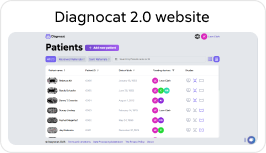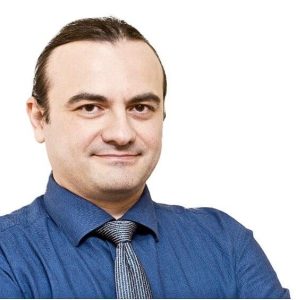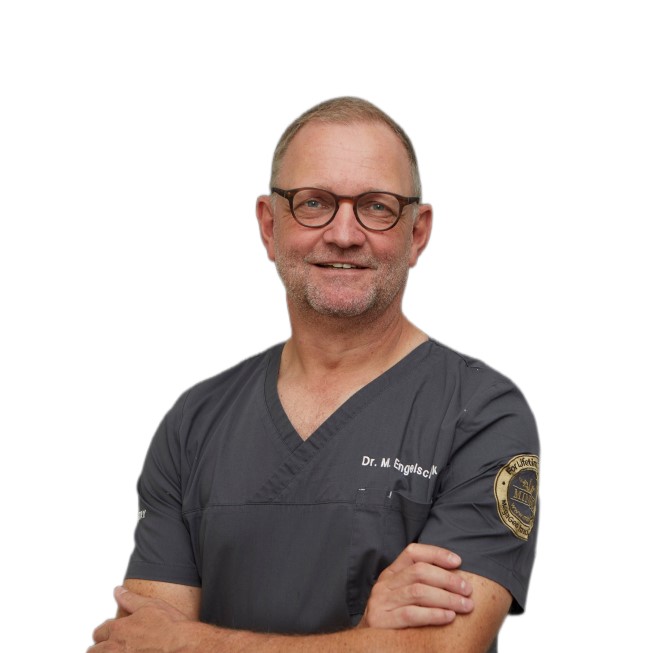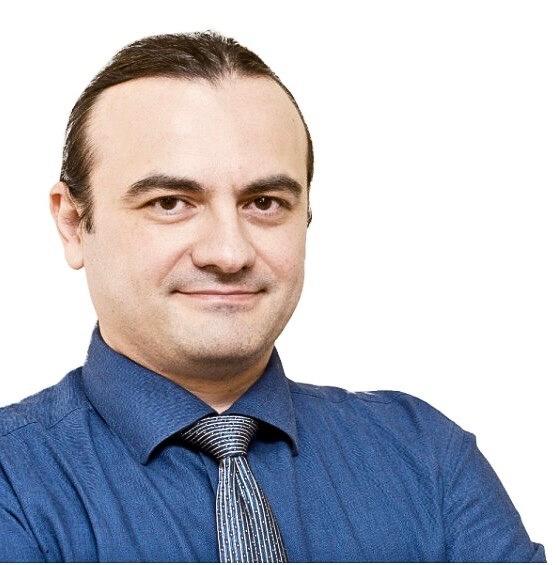Introduction
Dental Xrays are a cornerstone to approaching the right clinical judgement for clinicians. With digital transformation and sophisticated tools, the dental industry has come a long way to offer us digital X-rays.
Digital X-rays yield better image quality, less radiation exposure, easy storage and shareability. Together with dental X-ray softwares, they offer innovative options to read, analyse and chart X-ray details for dentists and their patients.
What is a Dental X-ray software?
Dental X-ray softwares are programs or platforms designed to provide a variety of imaging tools for dental clinics. It supports digital X-rays, both 2D and 3D imaging, intraoral and extraoral scans, and orthodontic imaging features. Additionally, their cloud-based storage solution, remote access, sharing ability and integration with practice management systems make them a critical tool in treatment planning and patient management.
Artificial intelligence (AI) is rapidly improving and gaining traction in dental and maxillofacial radiography. Studies show that many dentists are turning to dental X-ray software with AI for diagnoses, enabling them to work more efficiently and precisely while lowering costs and minimizing oversight and errors.
What is an OPG—Why Take an OPG?
2D dental X-rays are of two types—intra-oral (Intraoral periapical radiographs (IOPAR)) and extra-oral OPG (orthopantomograph) and lateral cephalograms. OPG is a specialized X-ray that captures a broad view of the maxilla, sinuses, mandible, teeth and nerve canals.
OPG is captured by rotating both the sensor and the X-ray tube around the patient’s head, producing a panoramic image of the lower half of the face. It is important to:
- The general dentists to identify multiple carious teeth
- The periodontists to assess the types of bone loss, periodontal pockets, etc.
- The orthodontists to understand minor tooth malpositions
- The maxillofacial surgeons to visualise impacted teeth, fracture lines, etc.
- And paediatric dentists to analyse eruption statuses in children
Dental X-ray softwares have radically changed the protocols for 2D X-ray reports.
Here’s how:
- It can read large batches of 2D X-ray data sets in minutes.
- The AI models in dental software are trained to identify different dental conditions all at once.
- They identify minor changes in tooth calcification—like occult caries, white spot lesions or root caries; this can be instrumental in preventive dentistry and early intervention.
- It reduces dental oversight.
- Adds a graphic analysis—or a visually appealing report that is useful for both the dentist and patient communication.
What is 3D Dental X-rays or Cone Beam Computed Tomography (CBCT)—Their Applications
3D X-rays take radiographic analysis a step further to add a three-dimensional view of every dental structure, in segments.
CBCT, or Cone Beam Computed Tomography, is a three-dimensional view of the jaws, the teeth and surrounding structures. The CBCT scanner captures multiple images of your head and neck from various angles, creating a composite 3D image. CBCTs can accurately observe and objectively analyse how the teeth are positioned in relation to each other and the supporting bone structures.
CBCT’s detailed 3D imaging marks accuracy and precision. It is routinely used in:
- Orthodontics to study jaw and teeth alignment
- Complex root canal therapies, with curved canals, missed accessory canals or broken instruments
- Detecting bone loss around tooth roots (tooth resorption)
- Inspecting tooth roots for cysts or tumours
- Deciding whether wisdom teeth need removal before they erupt
- Assessing if impacted wisdom teeth require extraction
- Planning for dental implants
- Guided dental implant surgeries
- Full mouth rehabilitations
- Digital smile designs
Of note, CBCT radiation doses are higher than those in 2D X-rays, but they pose no radiation risk. Studies show that the exposure during a 3D CBCT scan is comparable to spending about an hour in front of a computer screen or taking a five-minute aeroplane flight.
Dental X-ray software with integrated AI attributes boosts the benefits of a CBCT scan:
- Online 3D viewers to visualise a reconstructed CBCT scan on the screen from different angles.
- Dentists can rotate and align the axes of different teeth for orthodontic planning or full-mouth rehabs. Multiplanar reconstruction of a specific tooth can add precision to such lengthy cases.
- They allow two types of views—automatically generated cross-sections and reconstructed panoramic views of the 3D scan.
They also provide individual and comprehensive CBCT scan reports with tooth labelling in downloadable, shareable formats for use in multispecialty care.
Comparing 3D Dental X-rays vs. 2D Dental X-rays in Advanced Imaging. Which Is Better?
Traditional 2D X-rays had limitations,
precisely why dentistry needed a 3D X-ray tool.
Agree?
2D X-rays offer a flat, plane, superimposed view of structures. They cannot effectively zoom in on the inner structure of the jaws and completely miss the bone on the tongue side.
A 3D CBCT scan can provide a 3D view and detailed cross-sections of the area of focus. This gives a clearer picture of the inner sides of the jaws, guiding accurate diagnoses and treatments.
Unlike 2D X-rays, which use films that are pokey, messy and uncomfortable, 3D X-rays are quick and don’t require any films.
The high-resolution 3D images reveal details that might be missed in 2D X-rays, provide a complete picture and allow dentists to create a treatment plan tailored specifically to the patient’s dental needs.
What Does This Mean for the Future of Dentistry?
Advancements in dental X-ray software hold a promising future for preventive, conservative and patient-centric dental practice. Together with precision, faster and more successful treatments, and transparent communications, they will help bolster the position of the dental practice, earn a good name and ensure business growth.
Dental radiological investigations, using software like Diagnocat AI, ensure collaborative and informed decision-making among the dentist, his patients, and collaborative dental consultants. The software is trained for over 65 dental conditions, and it allows for smart viewing, X-ray report sharing, pre-filled dental charting, extensive analysis, and cloud storage—most importantly, transparent, easy-to-understand, and downloadable X-ray reports. Where diagnosis is key, adapting to diagnostic tools like dental X-ray software can be a game-changing strategy.
FAQ
- What is dental imaging software?
Dental imaging softwares are programs or platforms for reading, storing, viewing, analysing, and sharing dental X-rays, both intra-oral and extra-oral.
- Can AI read dental X-rays?
AI-powered dental imaging softwares is trained for dental disease and can read, analyse and prepare reports of 2D and 3D dental X-rays in minutes. They can be used as an aide by the dentist.
- How to choose dental software?
Choose dental software for X-ray analysis based on the practice needs, budget, business goal and the services provided by the platform.








